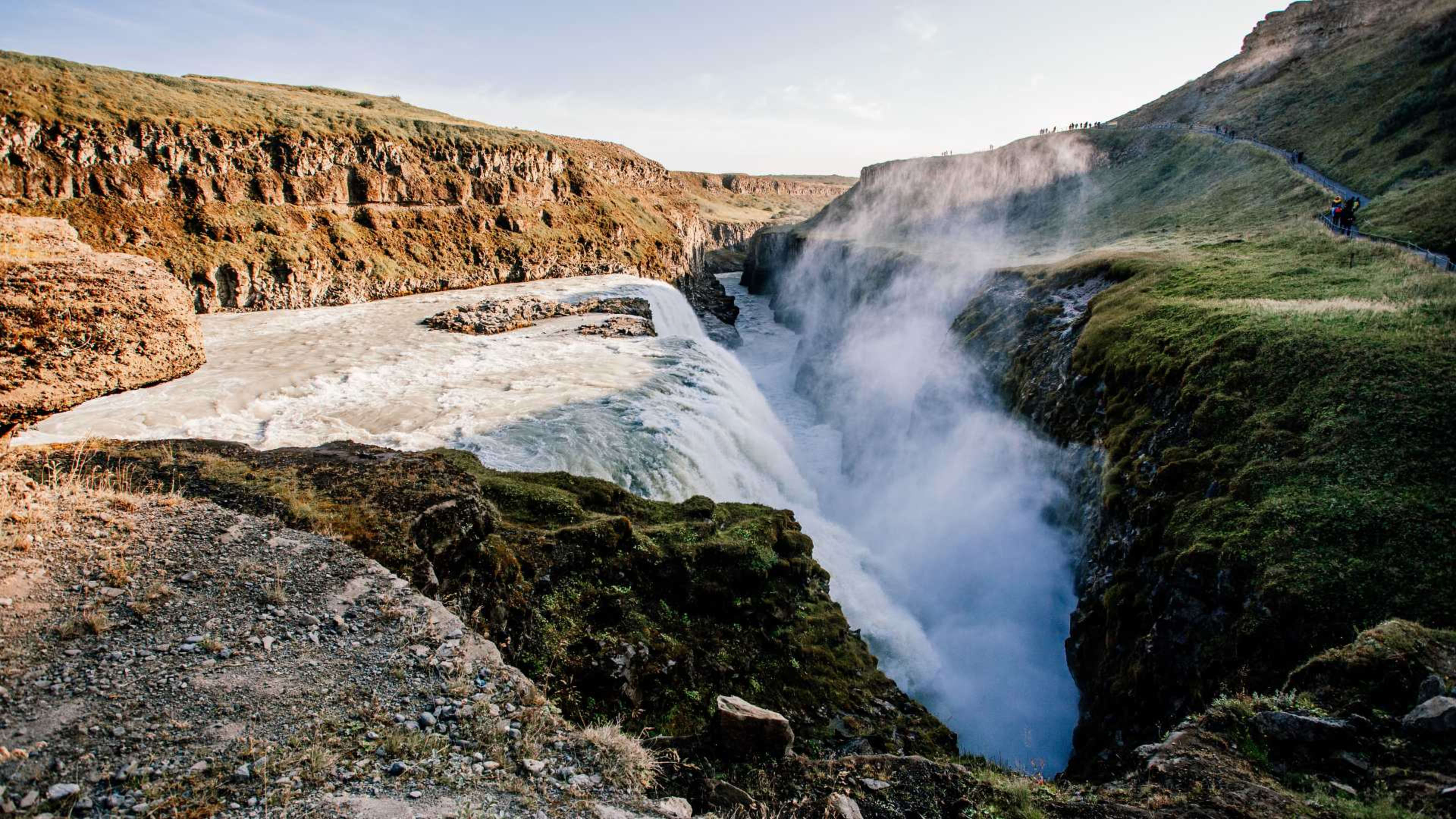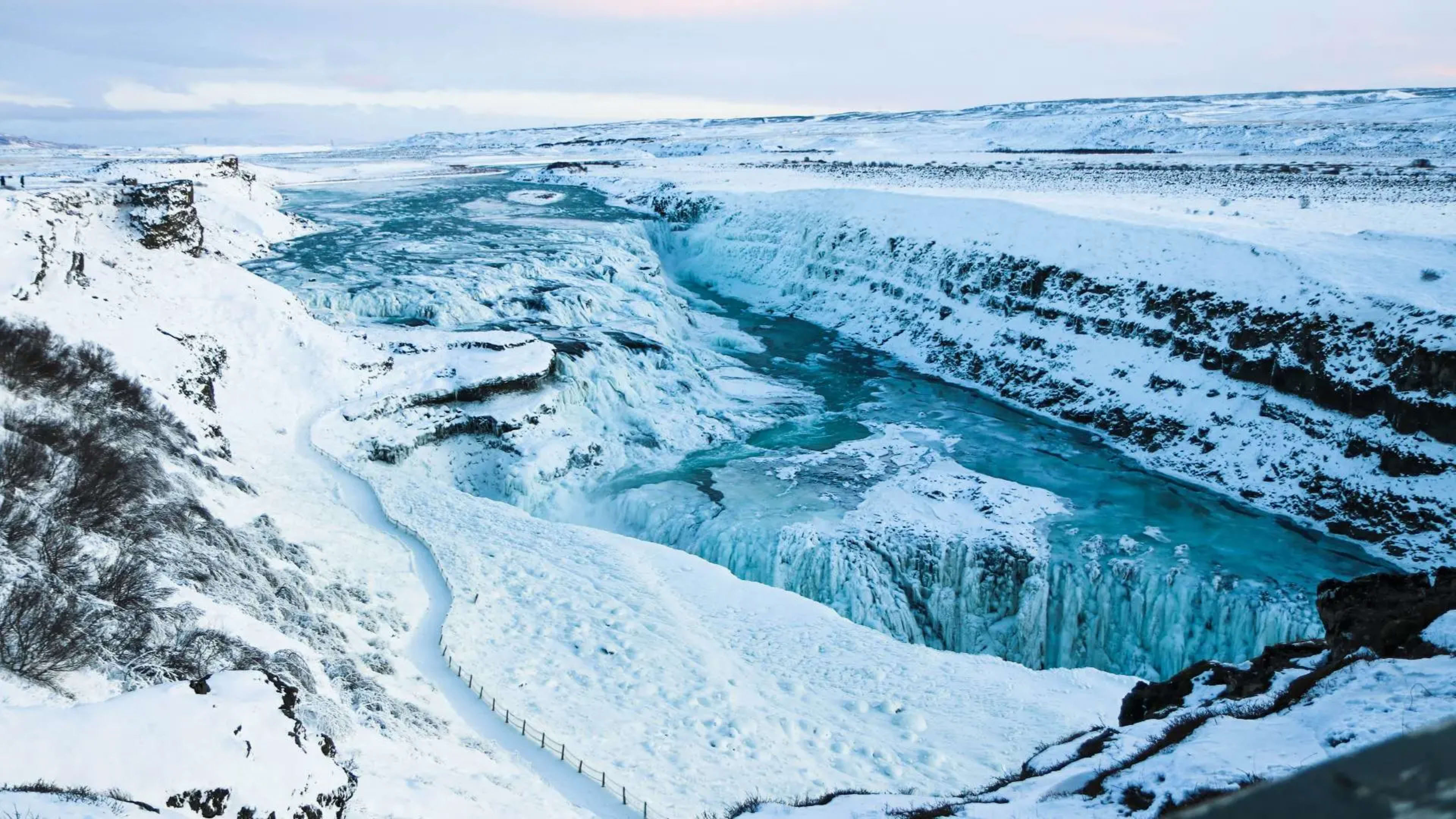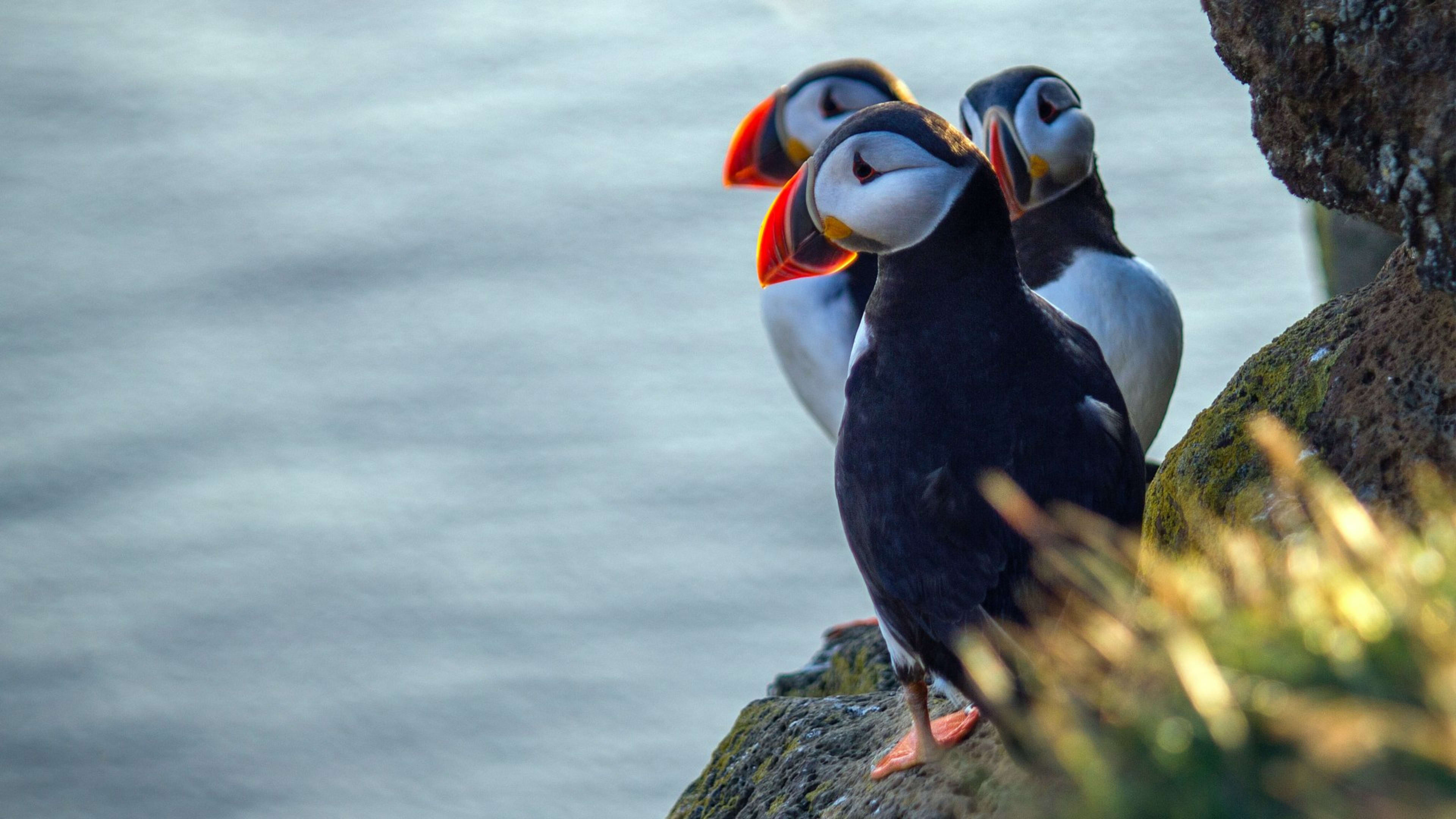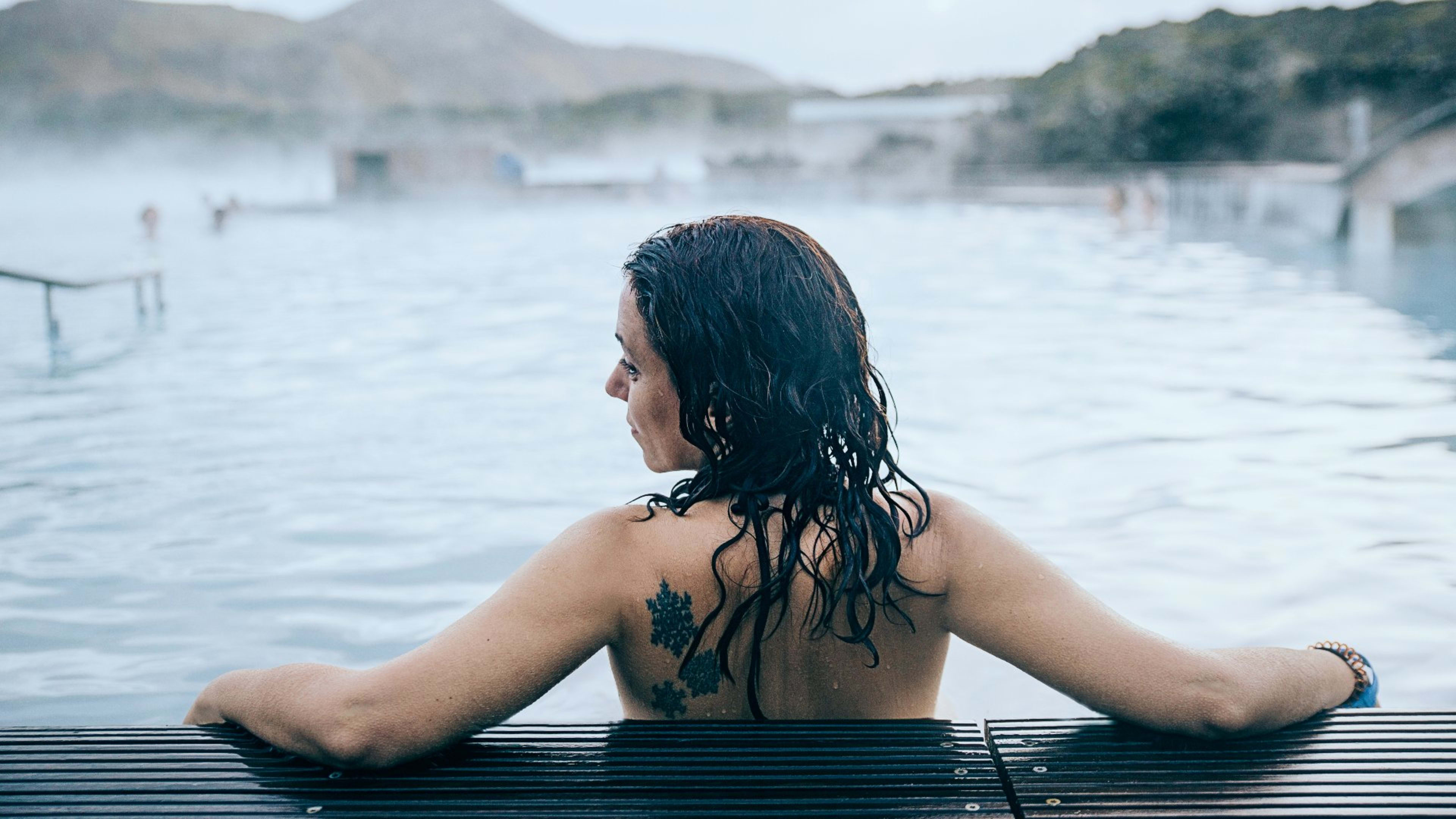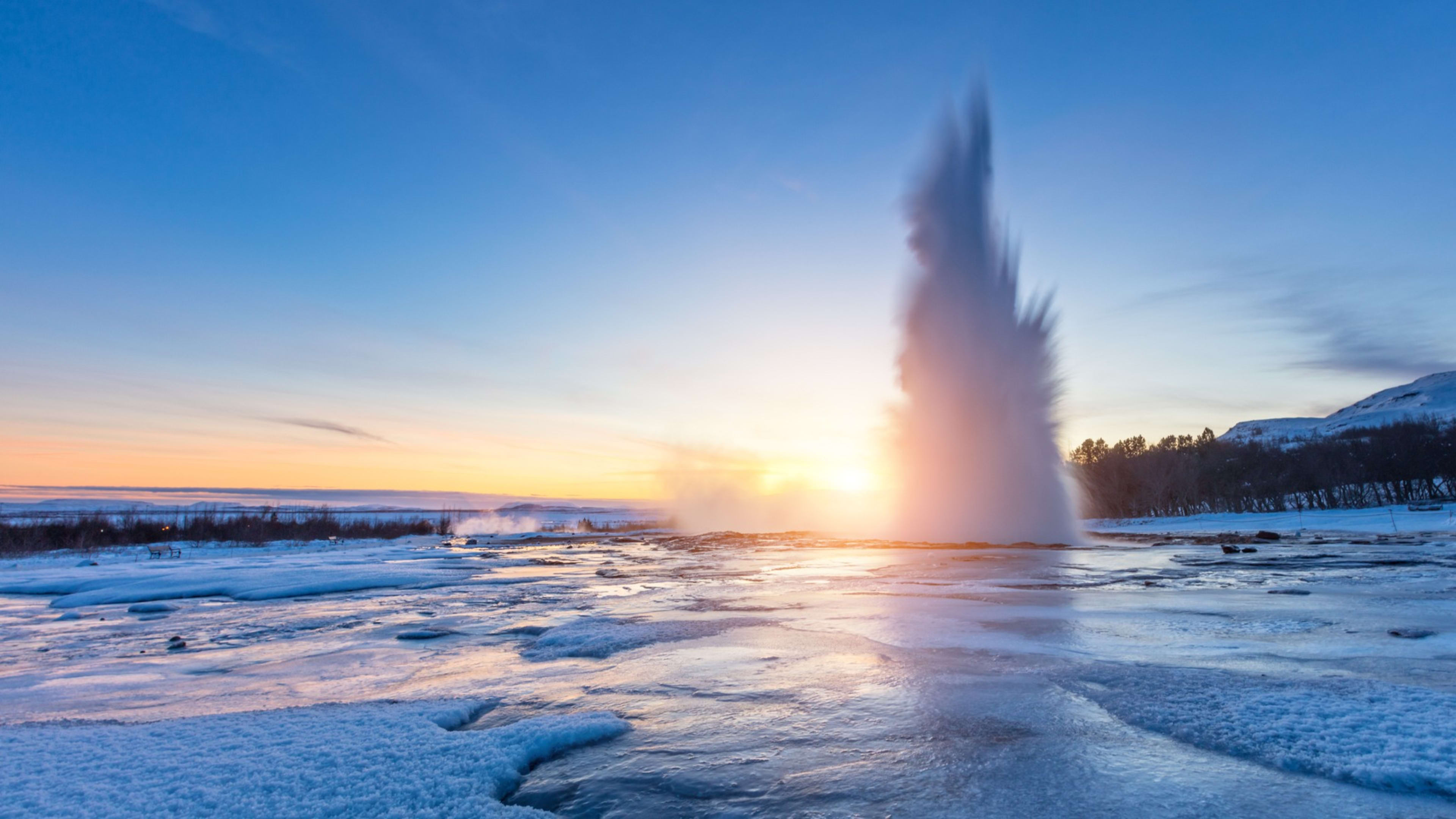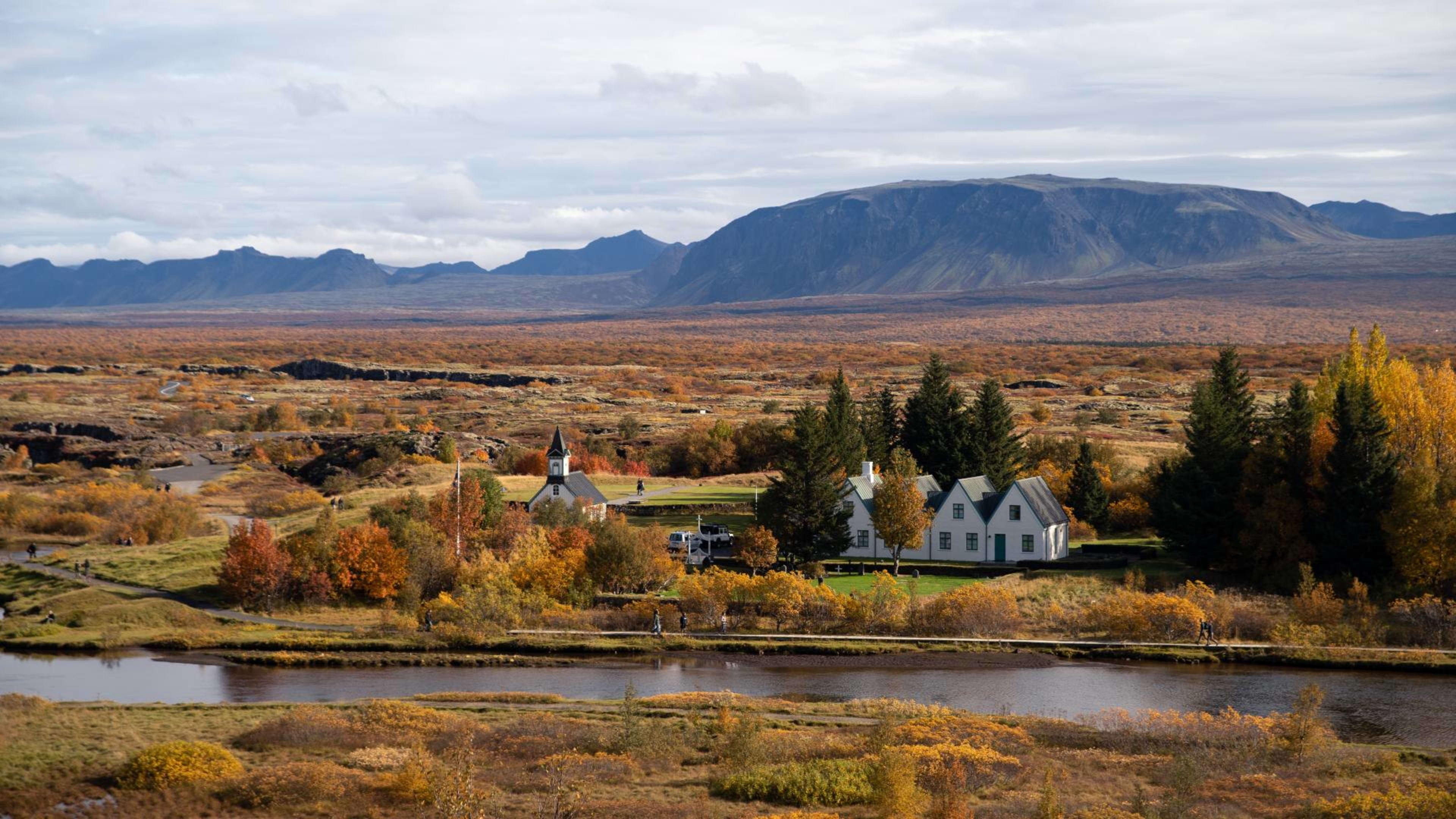Your guide to Gullfoss falls
Iceland has thousands of waterfalls, but perhaps none is as famous as the Gullfoss waterfall. It’s one of the 3 main stops on the Golden Circle tour in Iceland.
The waterfall is well known for its beauty and power, but also for the history surrounding it. Whichever interests you more, you won’t want to miss on seeing this spectacular feature when visiting Iceland!
With its steep-sided canyon and stepped descent from the top of Gullfoss, the water from the Hvítá river rushes through to create an amazing sight.
A 90-degree bend in the canyon forces the water to crash down into the valley below. This makes Gullfoss one of the more powerful and famous waterfalls in Iceland.
Whether you’re visiting in winter or summer, seeing Gullfoss up close is a sight you’ll never get tired of. Book onto a day tour to see the waterfall and you won’t regret it.
Keen to visit the famous golden falls on your trip to Iceland? We’ve answered some key FAQs for you below to help you get started.
